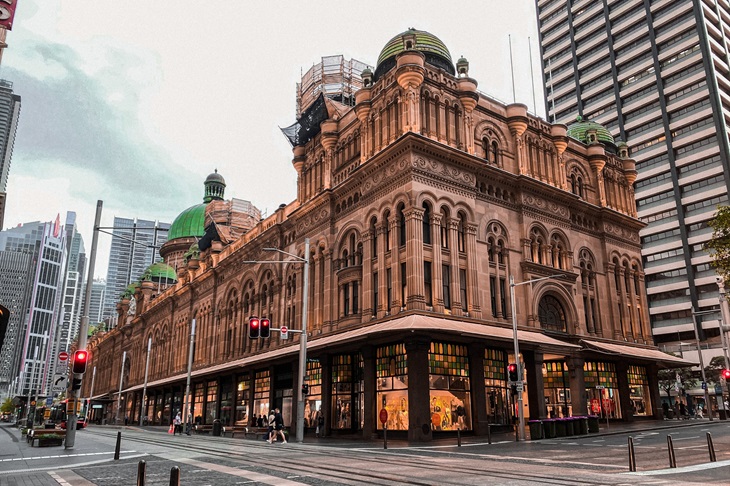Beauty matters. In all things. Take a well-crafted wooden chair. Naturally, it’s polished. The texture of the wood is sanded and smooth, the angles are subtle and affirm structural integrity and support. It is pleasing to the eye, as well as other regions of the body.
The same goes for beautiful women, or men.
Already a subscriber? Log in
Subscribe for just $2 a week
Try a month of The Spectator Australia absolutely free and without commitment. Not only that but – if you choose to continue – you’ll pay just $2 a week for your first year.
- Unlimited access to spectator.com.au and app
- The weekly edition on the Spectator Australia app
- Spectator podcasts and newsletters
- Full access to spectator.co.uk
Or


























Comments
Don't miss out
Join the conversation with other Spectator Australia readers. Subscribe to leave a comment.
SUBSCRIBEAlready a subscriber? Log in